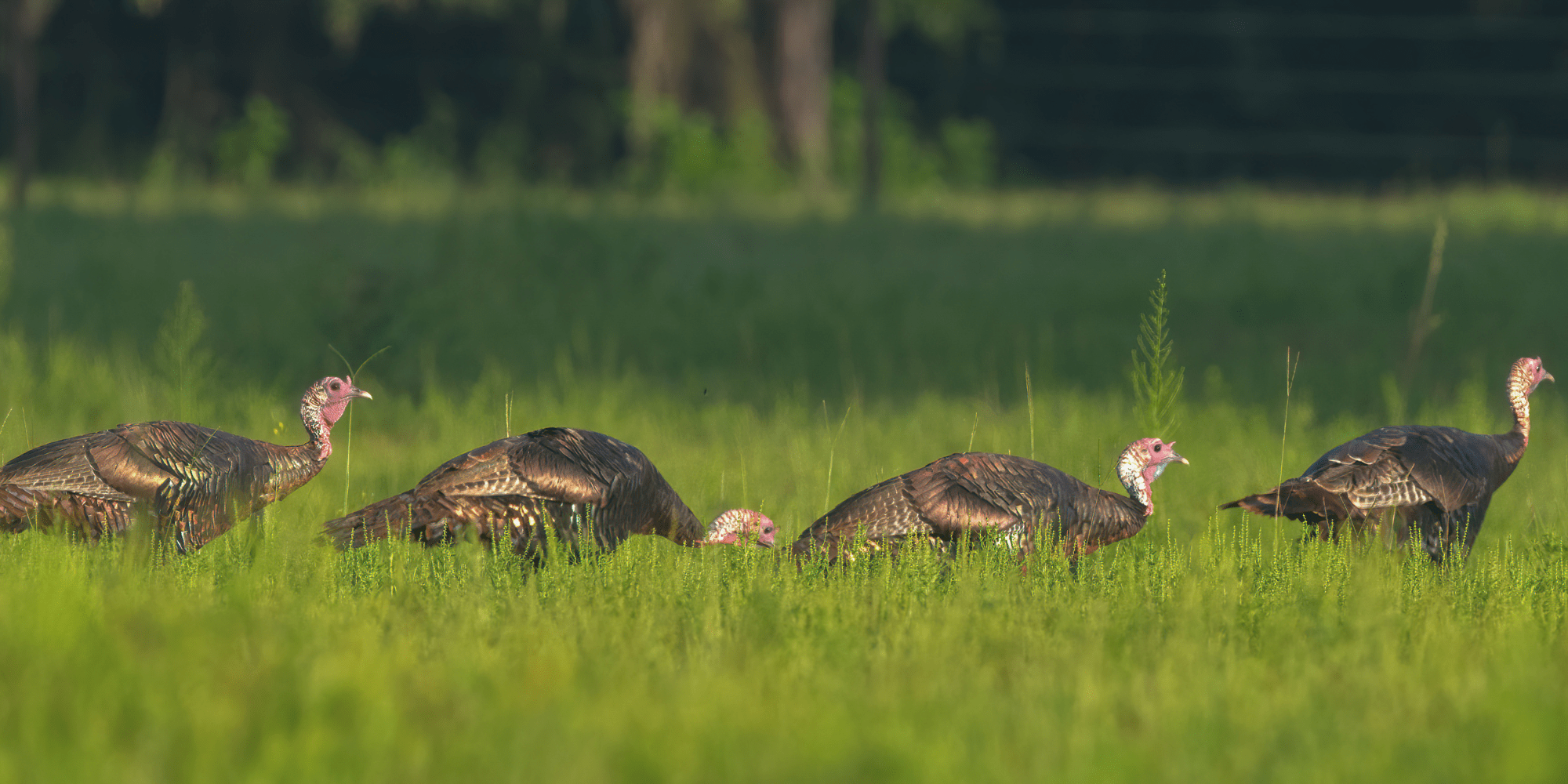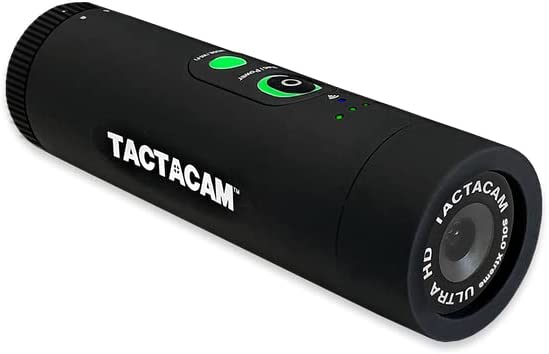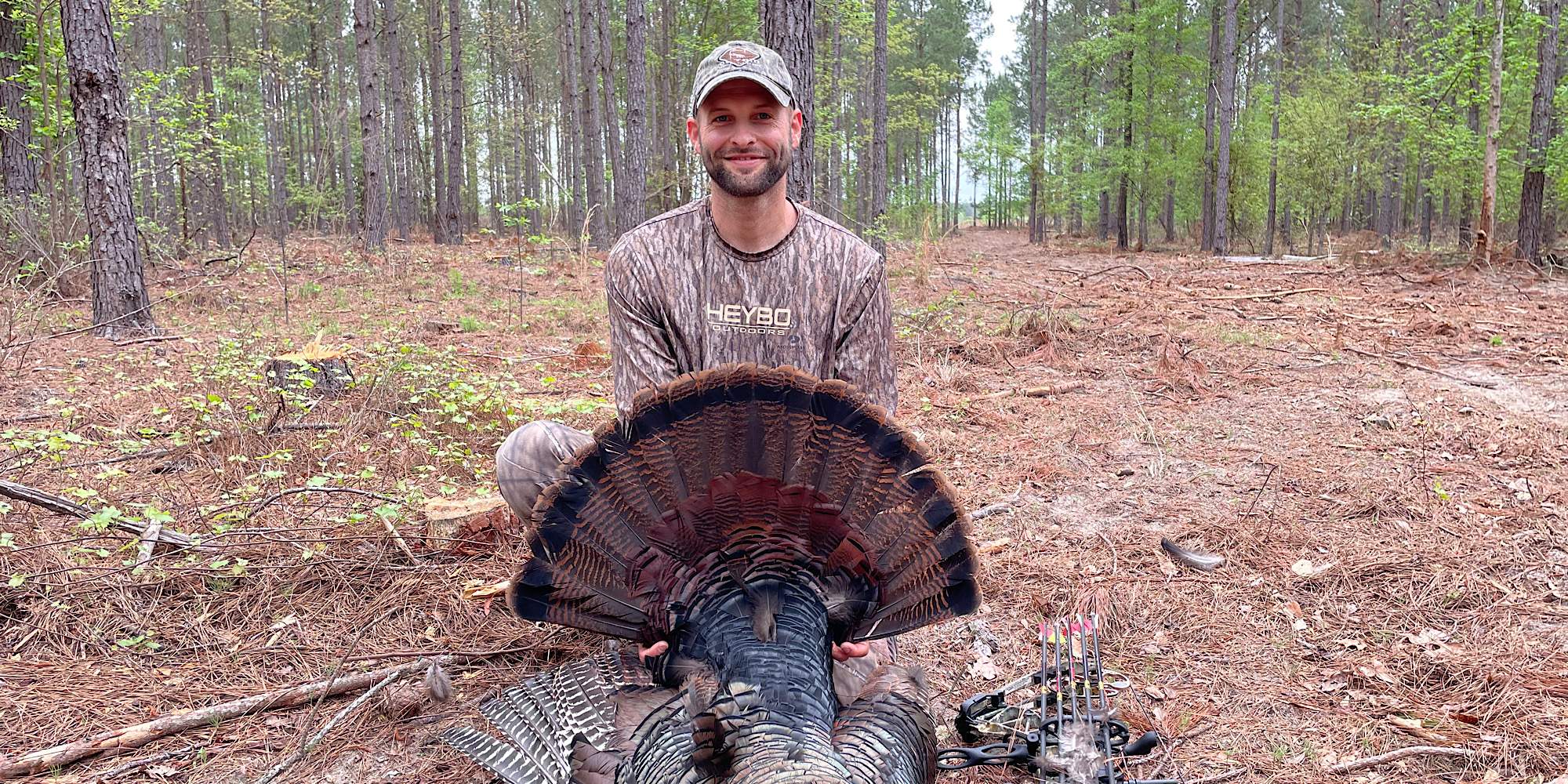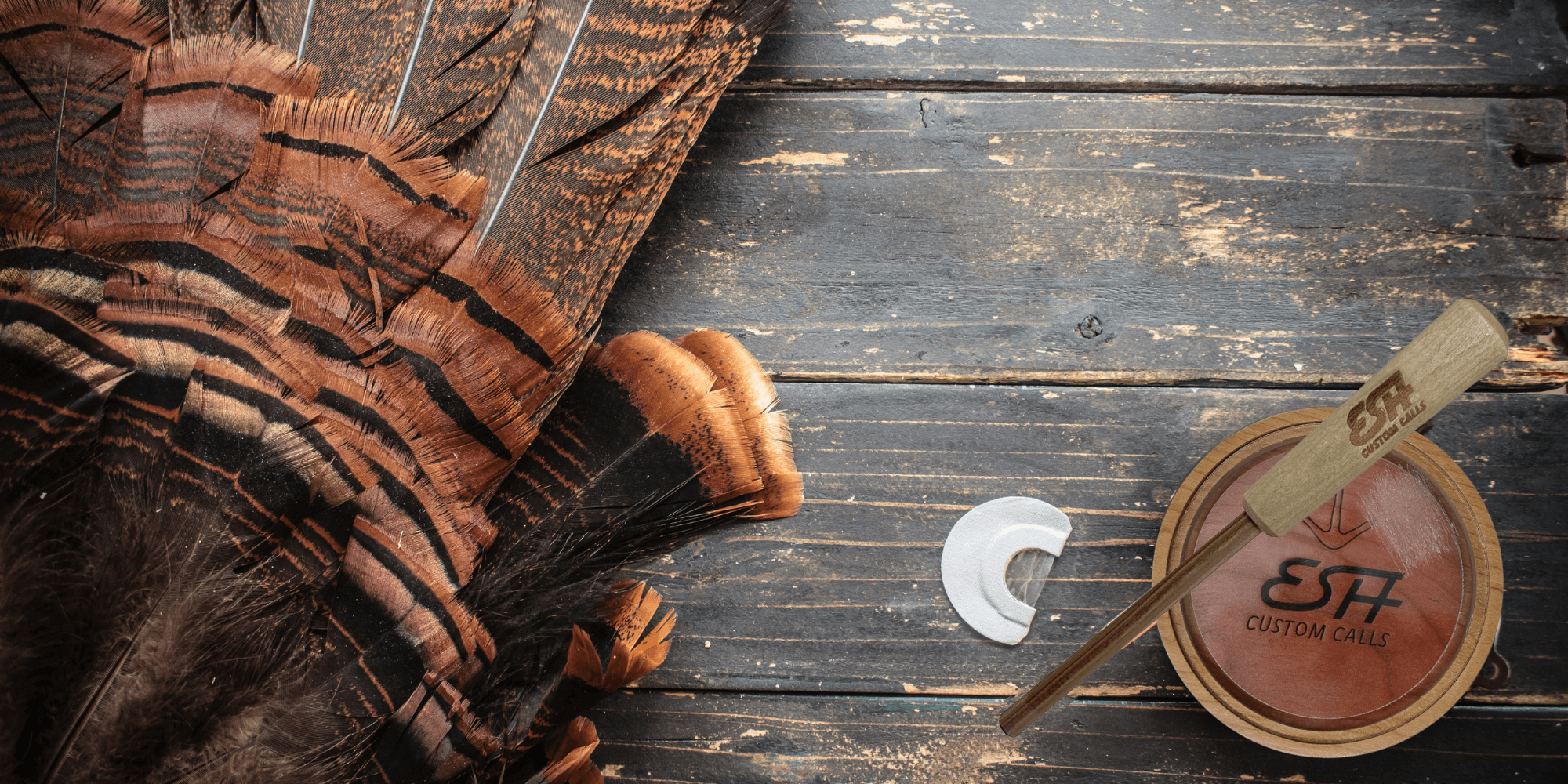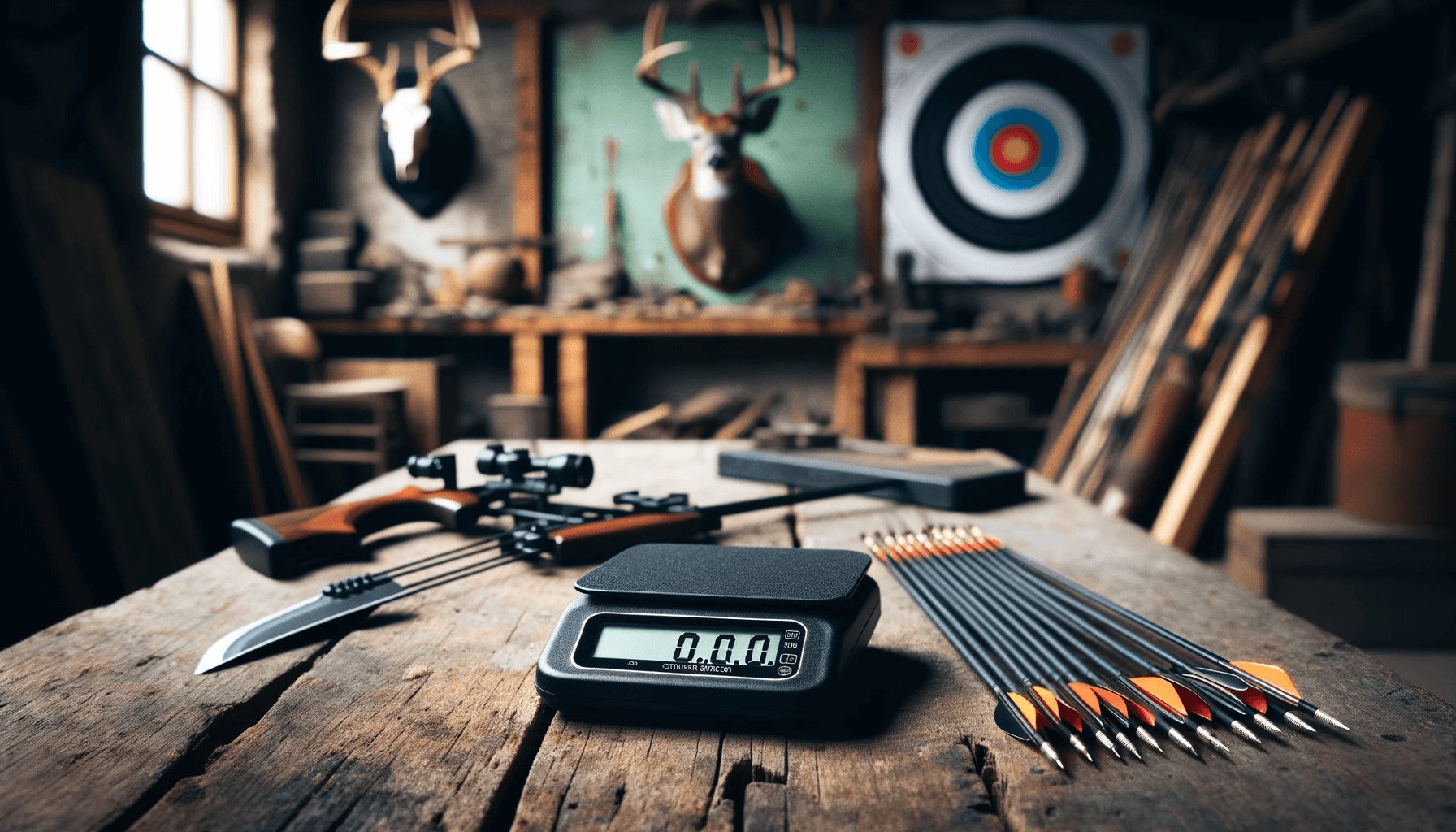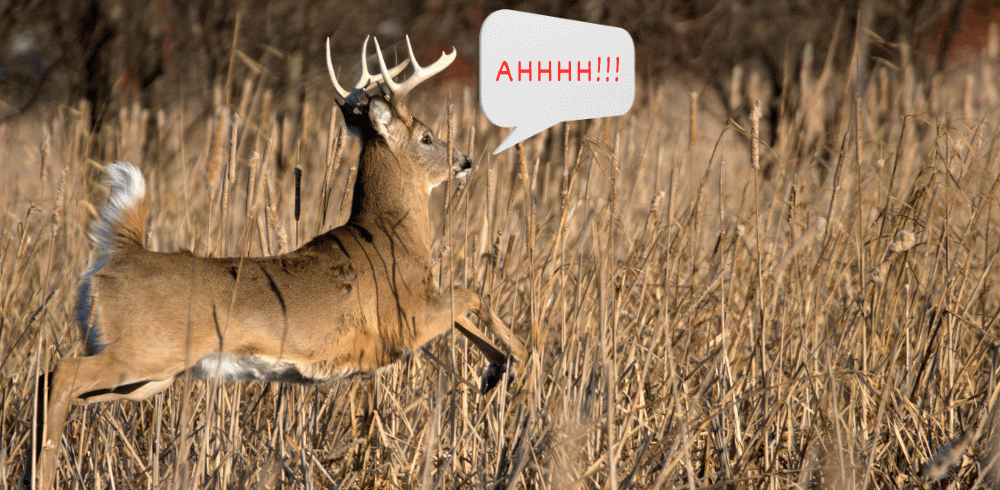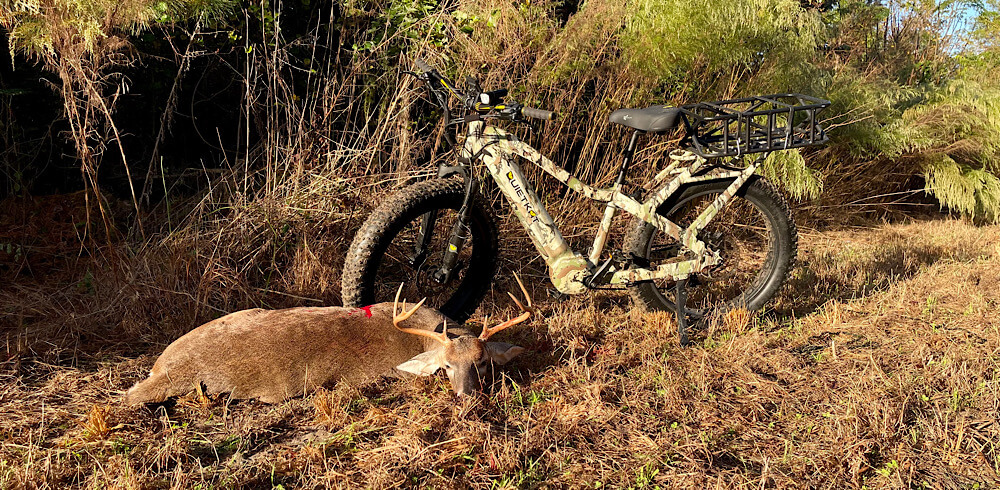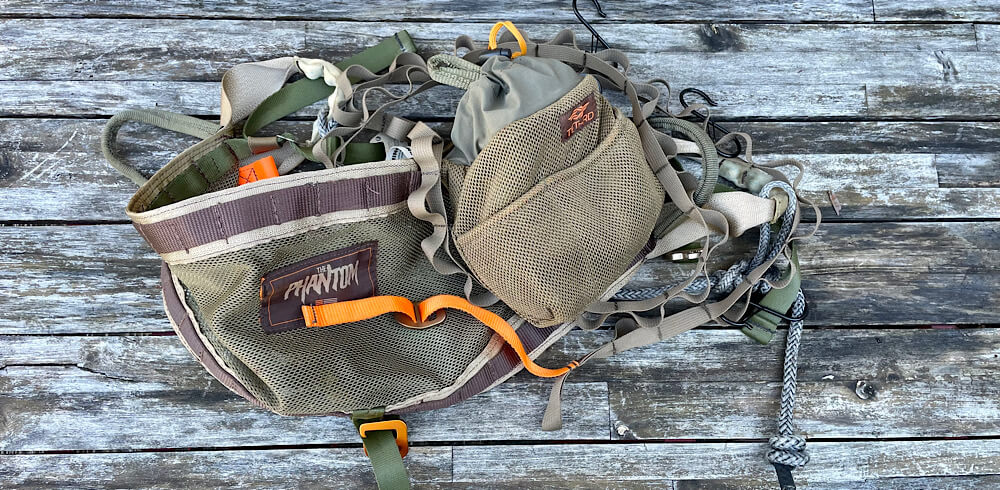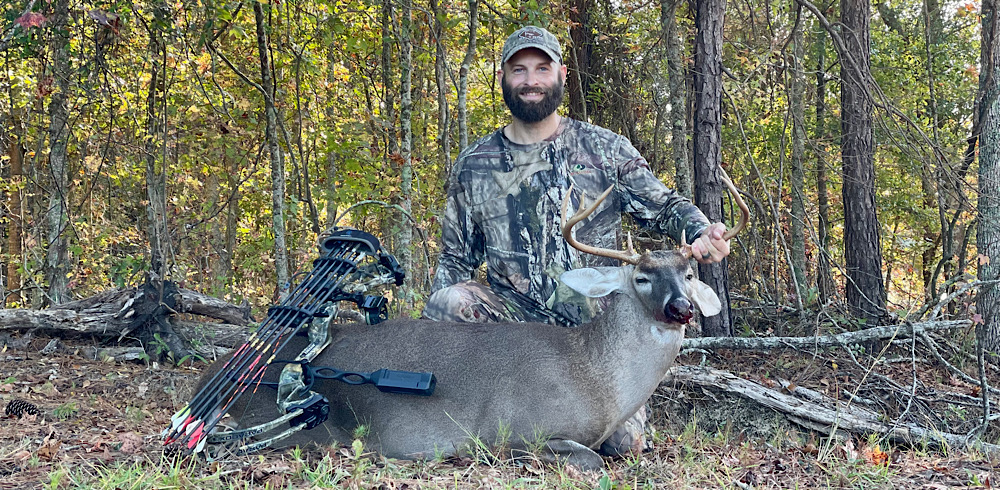Turkey hunting is one of the most enjoyable challenges a hunter can embark on, but it comes with so many questions that can turn excitement into frustration in the blink of an eye.
How do you start turkey hunting? What time do turkeys roost? How often should you call when turkey hunting?
We’ll dive into a lot of questions like these below to hopefully give you a better understanding of the birds you’re chasing.
So, get out pen – or at least bookmark the page – and let’s get started!
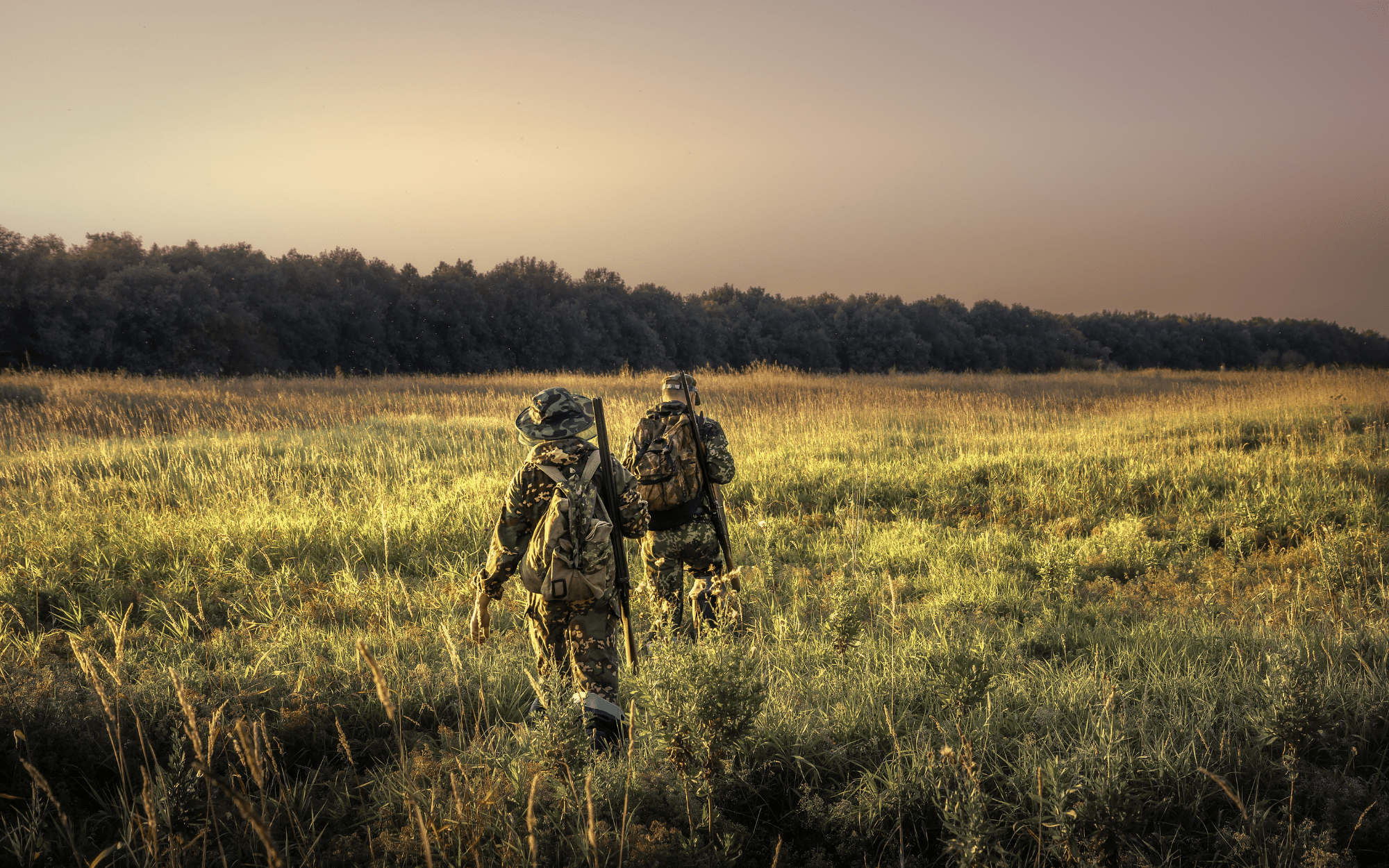
How to start turkey hunting
The question of how to start turkey hunting could probably be answered in 1,000 different ways, but I think the best way to answer is like this.
For a complete newbie, I’d say that tagging along with an experienced turkey hunter who has actually tagged turkeys would be the best thing you could do to get started off on the right foot.
You’ll learn so much from just being there and seeing what it takes to find and hunt turkeys. You’ll learn what gear you need, how to call, how to scout, what time to be in the woods, how turkeys behave, and so much more.
There’s no substitute for it. No amount of podcasts or YouTube videos can fill in the blanks like actually being with someone who is successfully hunting them.
If that’s just not a possibility for you, however, and you’re eager to learn more, I’d love to help.
Just visit my contact page and send me a message, or reach out on Instagram or Facebook @southeasternbowhunting.
What time do turkeys roost
Turkeys begin flying up to roost usually sometime within the last 30 minutes before sunset. They don’t always fly up at the exact same time every day, but it’s generally going to fall sometime within the last 20-45 minutes of daylight.
If you’re planning on setting up to hunt birds as they head to roost, I’d say you need to have those birds patterned well enough to know where they typically spend the last 2-3 hours before roosting.
That way, when you go in to hunt, you won’t risk bumping them, causing them to roost elsewhere.
How to roost a turkey in the evening
Deciding how to roost a turkey in the evening can change depending on the individual circumstances. For instance, if you know a field their feeding in during the afternoon hours, how you roost them will be different than if you have no clue where they are in the afternoon. Let’s start with the former.
Roosting when you've patterned their afternoon feeding
If you know where a bird or flock feeds and/or travels between 3:00PM and 5:00PM, you’ve got a good starting point.
Let’s say you’ve seen them in the afternoons feeding in a field all the way up to an hour before sunset, but then they disappear back into the timber for the last hour.
Well, knowing how turkeys operate, you know that’s the direction they’re heading to roost.
If that’s a pattern for them, knowing the terrain of their direction of travel could give you a huge clue as to where they’re roosting. Are they headed towards a creek bottom or pond?
If you’re unsure, pull out your phone, look at your Spartan Forge app, and study the map.
If they’re headed towards water of some kind, they’re probably roosting right over it. If they’re walking up a ridge, they could be roosting on an open oak flat that they like flying down to in the mornings.
Knowing where they’re likely heading to will give you your next move. Coming in from the opposite direction, and getting to the area they’re likely headed a couple hours before them will likely show you where they’re flying up.
If it doesn’t, you at least know where they’re not roosting. And you can always use a locator call 30 minutes before sunset up until sunset to try and strike up a gobble.
Using a locator call, such as an owl hoot, is great for locating gobblers as they’re about to roost. They’ll often shock gobble from the tree, giving up their location for the next morning.
Roosting when you have no clue where he is in the afternoon
If you have absolutely no clue where a turkey hangs out in the afternoon, using a locator call, such as an owl hoot or crow call, late in the afternoons is a good way to get a gobbler to give up his location.
To know where he’s roosting, however, you’ll need to illicit a gobble sometime within the last 30-45 minutes of daylight. Otherwise, he could just be gobbling from a travel route on his way to his roost tree.
Not hearing a gobble doesn’t mean you’re not in the ball park. It could mean that, but it could also just mean they’re staying quiet.
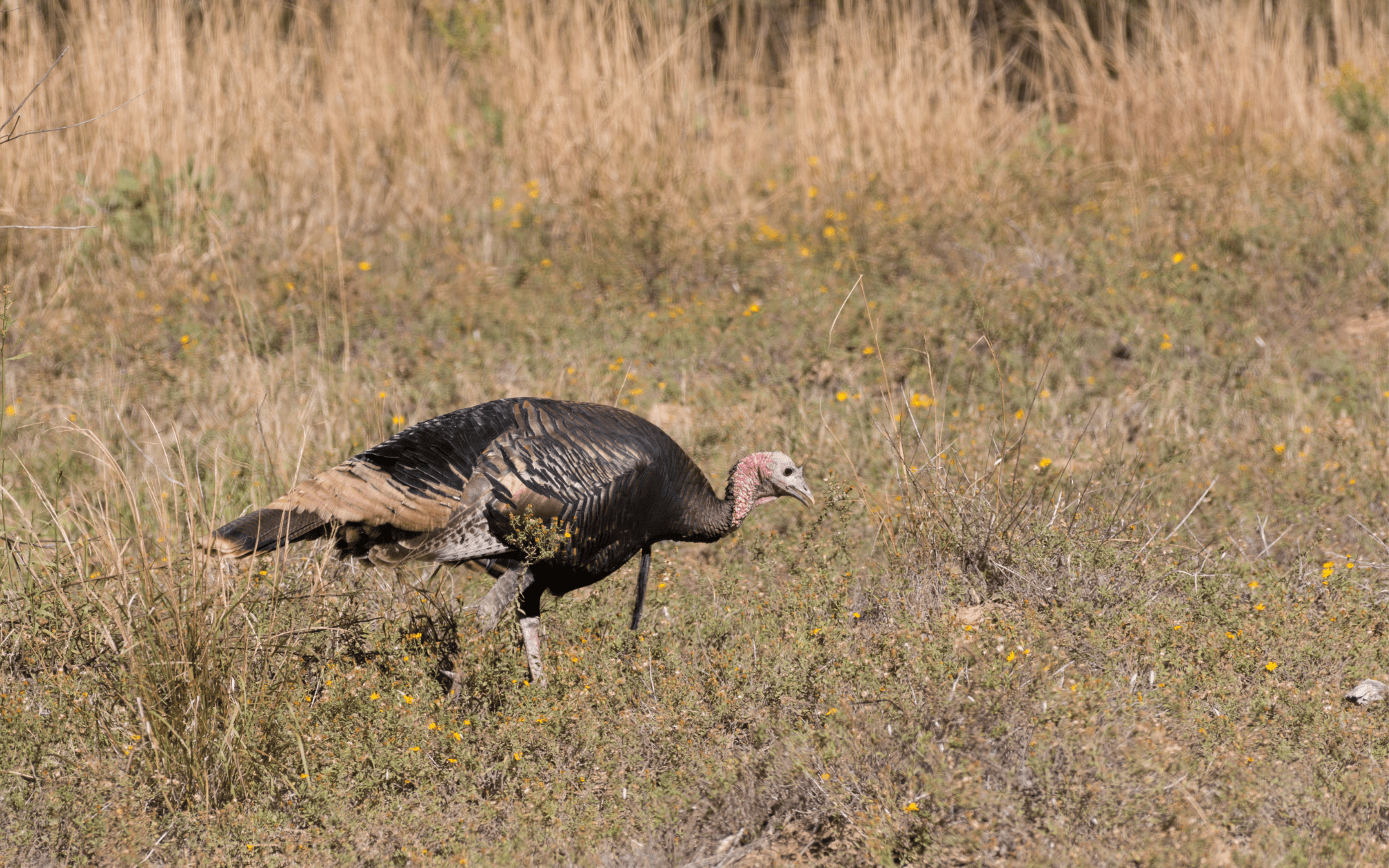
What time do turkeys come off the roost
Turkeys usually come off the roost within the first 30-45 minutes of daylight. When weather and visibility is poor, turkeys can stay on the roost for longer.
A good way to know when a turkey has flown off the roost is when he has been gobbling from the tree. When he’s doing so, the volume and direction the sound is coming from will stay consistent.
If, all of a sudden, he sounds like he is further away, that means he has just flown down and his gobbling is being muffled by the ground and the surrounding timber.
Also, if he all of a sudden shuts up and gets quiet, that’s another indicator that he has likely just flown down.

When to start calling turkeys in the morning
When to start calling turkeys in the morning? Well, though a lot of turkey hunters will call to turkeys while they’re still on the roost, I never do.
In my experience, it rarely works out. What usually happens when you’re calling to them on the roost is the tom will gobble so much that you’ll think it’s just a matter of time before he flies down and comes running in.
But just like you’re expecting that behavior out of him, he’s expecting it out of you, the hen. And when you don’t show up or sound like you’re getting closer, the jig is up.
Or if he’s roosted with a hen, she’ll often fly down, and head in the opposite direction, taking him with her.
So, I usually wait until I know they’ve flown down to start calling. That time is normally within 30-45 minutes or so of daylight. If they’ve been gobbling, I can usually tell when they’ve flown down based on how the sound travels through the woods.
If they didn’t gobble on the tree, I just wait long enough to be confident they’ve flown down. That way, I don’t run the risk of running them off from the start. And I won’t be picked off by a roosted bird if I unknowingly set up under one.
How often to call when turkey hunting
A good rule of thumb is to call every 15 to 25 minutes on average. Oftentimes, a gobbler will hear you, and silently come your way to investigate. You may not know your calling worked until you see him emerge from the timber.
The reason you don’t want to call more often than that is because excessive calling is one of the easiest ways to run off a longbeard. Turkeys know how turkeys sound, and how often they vocalize.
You can’t call too little, but you can certainly call too much. Knowing when to call and when to shut up is a skill that usually only comes through much trial and error for newer turkey hunters.
And one more bit of advice on calling – if a gobbler responds to your call, it’s ok to call right back within 15 seconds or so. But if he responds right back again, put the call down.
Letting him know you’re there, followed by silence, is a great way of getting a fired up longbeard to close the distance.
If he shows up, but hangs up a little out of reach, very light purring and clucking is often all it takes to bring him in all the way. Emphasis on light. Again, they know how turkeys sound. And turkeys usually purr and cluck very lightly.
How to use a mouth call for turkey hunting
I’ve found a lot of success with mouth calls, specifically the Woodhaven Red Wasp. Being one of the harder call types to become proficient with, the written word may not be the most effective way to teach it.
Instead, see the video below by experienced turkey hunter, Troy Ruiz of Primos Hunting. He created a great YouTube series on how to use a mouth call for turkey hunting that starts at the beginning for new callers, and moves into more technical calling for advanced callers.
I think you’ll find the visual extremely helpful.
How long to sit turkey hunting
Knowing how long to sit turkey hunting should be determined by your knowledge of the area and the area’s turkey population.
For example, if you’ve gotten trail cam pics or observed a turkey or flock using a certain field in the early morning hours after fly down, but never after 11:00AM, that’s a great place for a morning sit.
But unless there was some reason to believe they could show up after 11:00AM, I would likely not hunt that any later than noon.
Anything can happen, especially when calling, but you’d be better off moving to a higher-odds location if you were hunting that evening.
Conversely, if you’re in that same field, with all the same intel, but haven’t heard anything all morning, I’d say sitting there until noon or later, while calling every 15-25 minutes could prove to be an effective strategy.
The key determining factor in both scenarios is the fact that you know they use that field during the day.
Now, let’s talk evening hunts. It’s a lot simpler. The earlier you can get there, the better. Darkness is obviously your cut-off time, so the more time afield, the higher your chances of seeing turkeys as they feed through, eventually heading to roost.
If you do find yourself in for a long day of sitting, the right chair is going to keep you comfortable enough to make it through.
Check out the best turkey chairs here to make sure you’ve got what you need to stay in the game.
Don’t know if an area even holds turkeys? Don’t hunt, just scout. If you’ve seen no turkeys and no turkey sign, it would be a waste of time to sit at all, just hoping to luck up and see one.

Best time of day to hunt turkey
The best time of day to hunt turkey is going to be whenever you know they’ll be in a certain area.
If you don’t have that kind of intel, I’d say first thing in the morning. Get to your spot 45 minutes to an hour before sunrise. Because turkeys are the most vocal right off the roost, that’s the best time to locate one.
I’ve also found mid-morning – around 10:00AM – to be an extremely productive time when hens begin laying their eggs, followed by nesting.
Hens lay, on average, somewhere around 12-18 eggs, and they only lay one per day. So, the hens will feed early in the mornings after fly down, then go to their nest to lay an egg before returning to the flock.
That leaves gobblers alone and searching for hens. That’s why I love calling mid-morning during that time. And then when the hens have laid all their eggs, they stay on the nest and incubate for about four weeks.
This is arguably the easiest time of the season to call in a longbeard.
Have more questions?
If you have more questions, and would like to learn more, I’d love to help! Message me on Instagram or Facebook @southeasternbowhunting, or leave a comment below.

